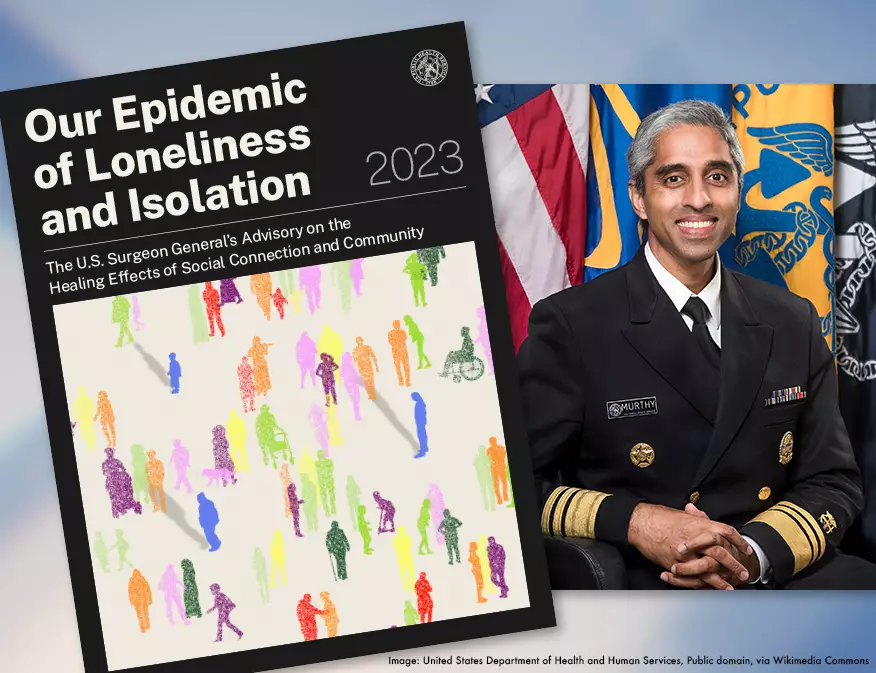
The recent 81-page report released on May 3rd by the U.S. Surgeon General Dr. Vivek Murthy highlights loneliness and social isolation as significant public health issues with serious health consequences.
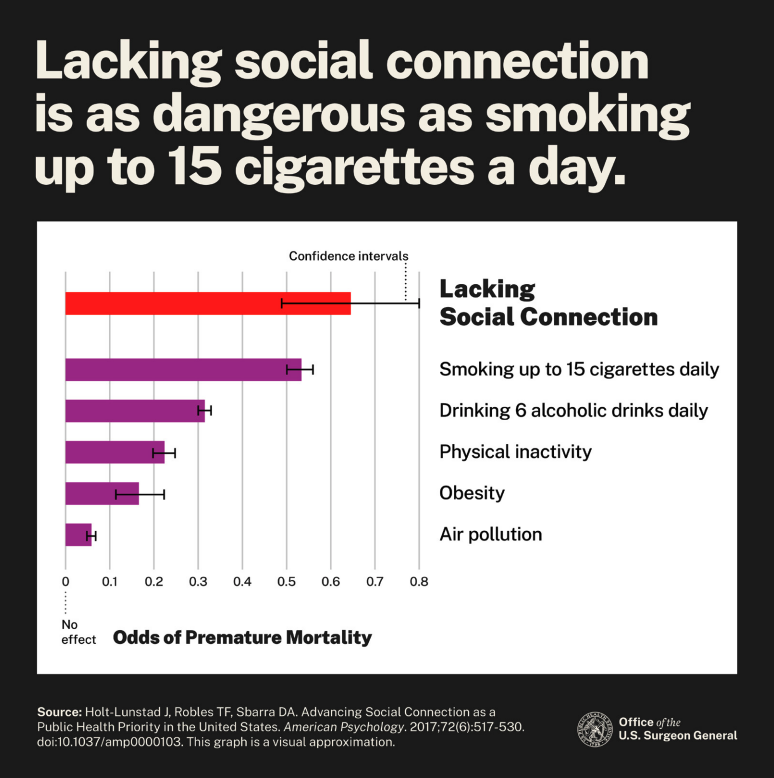
Number one. He is saying loneliness is the equivalent of smoking 15 cigarettes a day! This just blew my mind.
It doubles the risk of premature death. Loneliness is linked to a 29% increased risk of heart disease, a 32% increased risk of stroke, and a 50% increased risk of developing dementia among older adults.
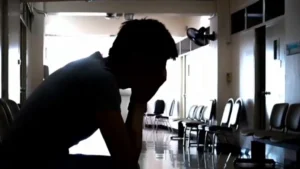

Loneliness also significantly raises the risk of mental health conditions such as depression and anxiety. Individuals who feel lonely often are more than twice as likely to develop depression compared to those who do not feel lonely.
Number two. What to do about it? The Surgeon General is proposing that the “cure” is more social interaction – not just any social interaction, but social interaction that has depth and emotional connection.
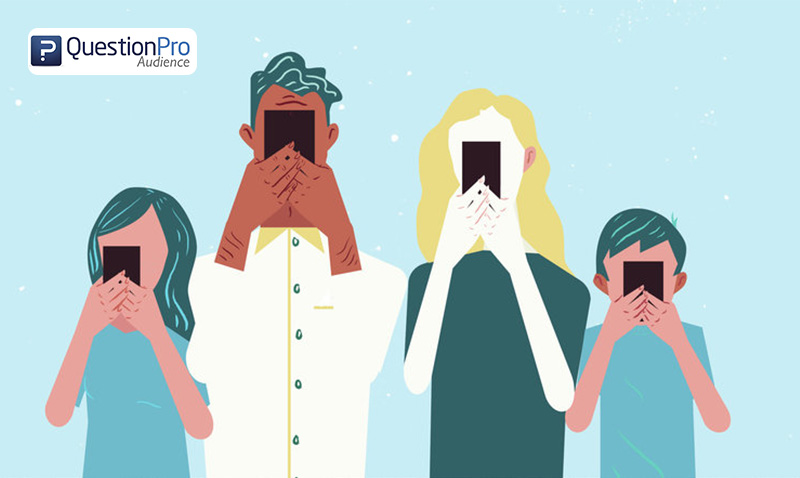
This has huge implications because it basically will require a sea change in the direction our society seems to be moving – i.e., more time in front of the screen, more time texting.
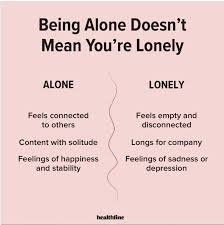
I believe it is important to clarify the difference between being alone and loneliness.
- Choice and Perception: Being alone is often a choice and can be a peaceful experience, while loneliness is an unwanted feeling of isolation and disconnection.
- Emotional Impact: Being alone can be refreshing and necessary for some individuals, whereas loneliness is typically distressing and harmful.
- Social Context: Loneliness can occur in social settings if the interactions lack depth or emotional connection, whereas being alone is simply a lack of physical company.
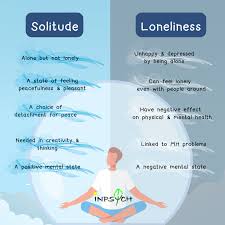
Understanding these differences is crucial in addressing social well-being and implementing strategies to reduce loneliness while recognizing the value of solitude.
The Surgeon General is recommending some community-based initiatives and some individual actions to combat loneliness:
- Strengthening Community Based Social Infrastructure: Creating more opportunities for meaningful conversations by enhancing physical environments like parks and libraries to foster social interactions.
- Pro-Connection Public Policies: Implementing policies such as accessible public transportation and paid family leave to facilitate connections.
- Mobilizing the Health Sector: Encouraging healthcare providers to screen for loneliness and provide appropriate interventions.
- Reforming Digital Environments: Promoting healthier digital interactions and reducing the negative impacts of social media.
- Cultivating a Culture of Connection: Encouraging everyday practices that foster a culture of kindness and mutual support through public campaigns that promote values such as kindness, service, and community engagement.
He outlines three types of social interaction and what can be done to enhance each.
- Strengthening Intimate Relationships (this includes a partner, family member, or close friend):
-
- Encourage Quality Time: Promote regular, meaningful interactions with close family and friends. This can include shared meals, regular check-ins, and spending quality time together without distractions.
- Enhance Communication Skills: Provide training to improve communication skills, including active listening and expressing emotions effectively.
- Building and Maintaining Social Networks (this includes broader networks of relationships, including friends, colleagues, and community members):
-
- Create Opportunities for Social Engagement: Support local community events, social groups, and clubs that provide opportunities for people to meet and form connections.
- Leverage Technology: Use digital platforms to maintain and enhance social connections, especially for those who are geographically dispersed or isolated. However, balance this with in-person interactions to ensure depth of connection.
- Fostering Collective Connections (this includes connections through participation in group activities and community organizations such as religious groups, clubs, or volunteer organizations):
-
- Support Community Organizations: Strengthen community infrastructure such as libraries, parks, and recreational facilities that serve as gathering places for social interaction.
- Encourage Volunteerism: Promote volunteer opportunities that bring people together for a common cause, fostering a sense of purpose and community belonging.
 The Edge Foundation (www.edgefoundation.org) which I started some 18 years ago focuses its efforts on training adults to be one-on-one coaches with our youth. My dream is that every adult will volunteer to be a coach for at least one young person. The training we provide will reframe and dramatically improve the adult’s ability to communicate with another person. This volunteering will foster a sense of purpose. And the young person will have the opportunity to develop a meaningful, trusting relationship with an older person.
The Edge Foundation (www.edgefoundation.org) which I started some 18 years ago focuses its efforts on training adults to be one-on-one coaches with our youth. My dream is that every adult will volunteer to be a coach for at least one young person. The training we provide will reframe and dramatically improve the adult’s ability to communicate with another person. This volunteering will foster a sense of purpose. And the young person will have the opportunity to develop a meaningful, trusting relationship with an older person.
Bottom line, the Surgeon General is calling for us to address loneliness with the same urgency as other public health issues like tobacco use and obesity.
As part of that effort, I and the Edge Foundation are calling upon each one of us to volunteer to be trained as a one-on-one coach for a young person in this country.
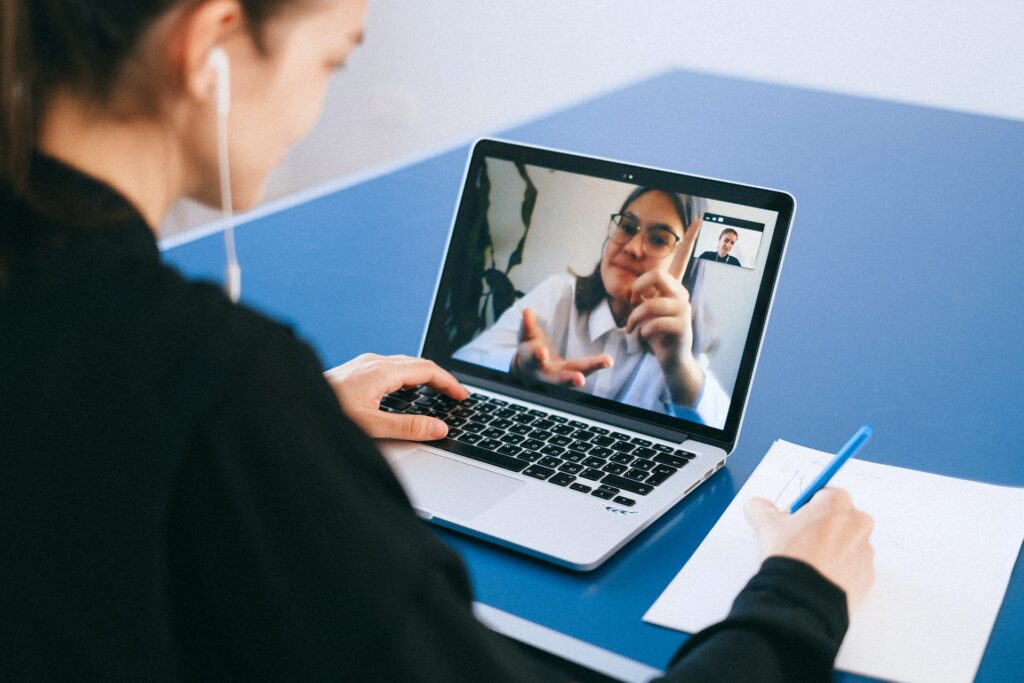
Bravo Neil. Job well done and so important.
Love this article! You really are hitting an important and generally overlooked social dilemma. Bravo to the Surgeon General and YOU for recognizing and calling out the health risks of loneliness.